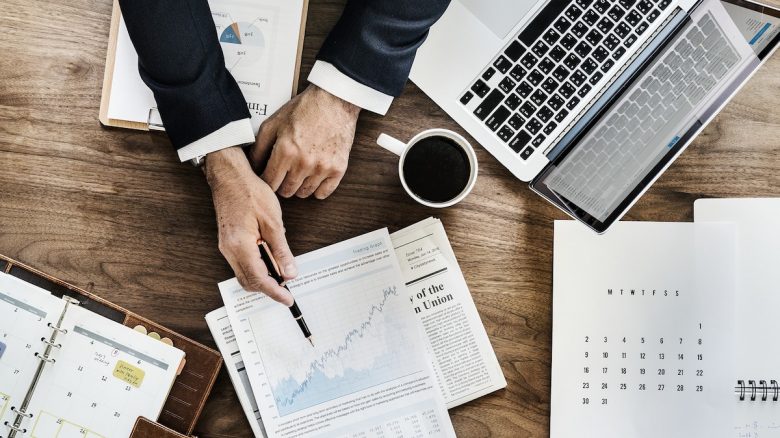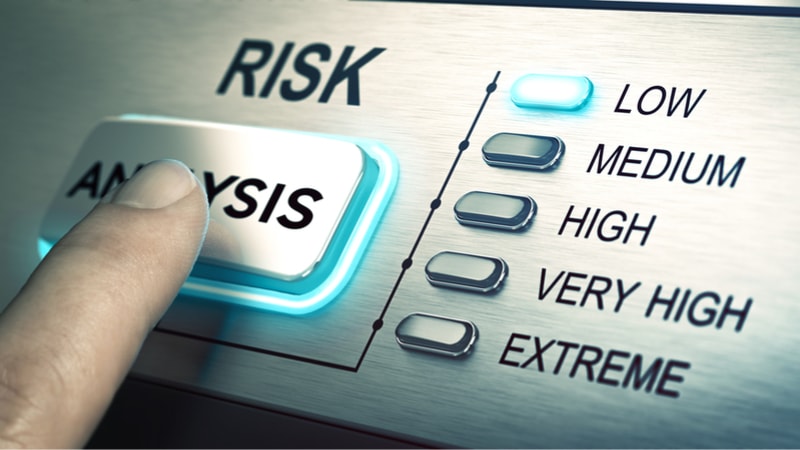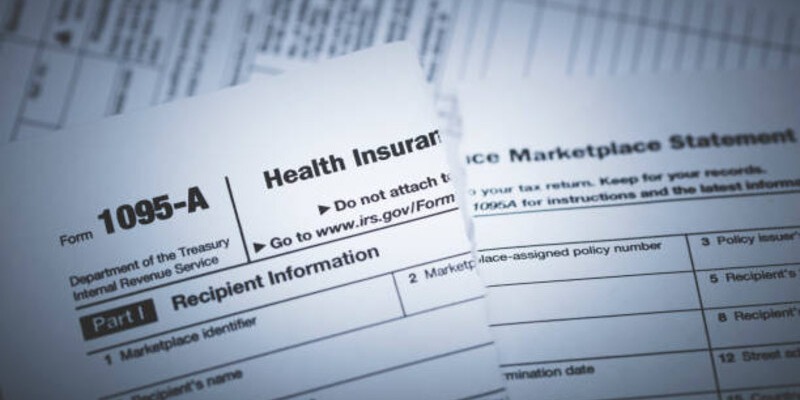

Investment Risk and Higher Returns
Feb 27, 2024 By Triston Martin
The many risks to which a collection of assets might be subjected over time are referred to as investment risks. These risks consist of systematic and unsystematic dangers, and they are inherent in any investment, including U.S. Treasuries, which are often regarded as the safest investment product.
Inflation, recession, and other economic calamities that affect the whole market are examples of systemic risks, which are also included among the dangers. Other risks, which are not systemic, may be mitigated by increasing the assets' diversity. These risks include industry- and company-specific dangers, such as default or regulatory threats.
Inflationary Risks
There is always the risk of an investment's capital being lost. On the other hand, some investments have less risk than others, but the trade-off is that the potential return on investment is smaller. It is possible that you may not earn much investment from your investments.
In this investment, the most significant risk is that the returns on your investments will be lower than the inflation rate. For example, returns on low-risk investments were below half of one percent in 2009, while inflation, measured by CPI, was about 2.7% for that year. It is difficult to make ends meet on an interest rate of 0.5 percent per year when expenditures increase. If you want higher returns, you must be ready to invest in things with higher risk. Because of this increased risk, there is a possibility that certain years may result in a loss.
Low-Risk Investments
Investments with low risks, such as short-term bonds issued by the government, corporations, and municipalities, provide stable returns with a low level of risk. This generally indicates higher returns than their more secure and certain alternatives. Bonds are often the least risky investment choice. Bonds are debt security in which the investor essentially lends money to the bond issuer for interest income on the money loaned. There are many distinct kinds of bonds; some have a higher risk profile than others.
Because both the principal and the interest are backed by the government, purchasing government bonds is often regarded as one of the most secure forms of investment.
Corporate bonds have a little higher level of risk. The underlying corporation provides a guarantee for both the principle and the interest in this scenario. The rating of the bond is determined by the financial health of the firm issuing it. Bond offerings are given grades by rating agencies such as Moody's; grades Aaa to Baa3 are regarded to be investment grades. Your principal might be at risk if the issuing firm declares bankruptcy, which is a default risk. This is only one of the many risks that you face. However, this is the biggest risk.

Municipal bonds are debt obligations a state may issue or a city and are often used to finance significant construction or other improvement projects. Even though it hasn't happened very often, there have been instances of towns not paying back their debts.
You can put some of your money into assets with a low level of risk and some of your money into investments with a higher level of risk to get higher returns while maintaining a moderate degree of investment risk.
Moderate Risk Investments
You can put up a diverse portfolio with several different types of assets. You might opt to invest in a combination of bonds and equities if you are OK with a modest degree of investment risk. You may achieve a comparable investment allocation by investing in a balanced fund or by purchasing two index funds, one of which should be a stock index fund and the other of which should be a bond index fund.
When you invest with modest risk, there may be some years in which the value of your assets will decrease. On the other hand, you will probably have higher long-term returns if you are prepared to remain invested in the same portfolio over time. If you desire the possibility of higher returns, you will need to act with a greater degree of aggression.
Higher Risk Investments
Your position on the investment risk tree will get more extreme as you add more stock investments. Putting money into a fund that tracks the S&P 500 is one approach to accomplish this goal. The S&P 500 is an index that tracks the performance of the 500 biggest publicly traded firms in the United States. Purchasing and holding each stock is associated with a higher risk than investing in a professionally managed fund.

More opportunities are available, such as high-yield investments, which also belong to this risk category but give higher amounts of current income than more secure choices. Other opportunities also exist. These high-yield investments consist of lower-quality bonds, sometimes known as trash bonds.
-
 Investment Mar 21, 2024
Investment Mar 21, 2024Discussing the Best International Stock Brokers
Explore the features and services of the leading international stock brokers for 2024, empowering yourself to formulate informed investment decisions.
-
 Taxes Nov 21, 2023
Taxes Nov 21, 2023Property Tax Exemptions: Do You Qualify?
Find out if you qualify for property tax exemptions and learn how to save on real estate taxes. Learn all the necessary information about it in this read.
-
 Investment Jan 07, 2024
Investment Jan 07, 2024Unraveling Form 1095-B: Health Coverage - What it is and How it Works
Learn all about Form 1095-B: Health Coverage. Understand what it is, how it works, and how it impacts your tax filing.
-
 Investment Nov 26, 2024
Investment Nov 26, 2024How Interest Rate Differentials Shape Global Financial Decisions
Learn about interest rate differentials (IRD) and how they influence currency exchange rates, global investment, and financial decisions in today’s interconnected economy.